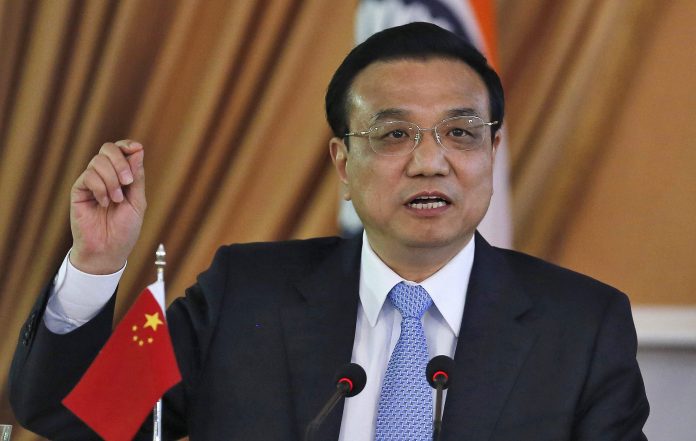China’s Premier Li Keqiang told central and eastern European leaders on July 7 that his country is open for expanded ties with Europe’s eastern wing.
Speaking at the seventh “16+1” summit in Sofia, Li said through an interpreter: “It is two-way traffic… Opening up has been a key driver of China’s reform agenda so we will continue to open wider to the world, including widening market access for foreign investors”.
As reported by the Reuters news agency, the Sofia summit coincided with the firing of the first salvos in what risks becoming a protracted global trade war as Washington and Beijing slapped tariffs on $34bn worth of each other’s goods.
“If Europe is weakened, it will only be bad news for China, not the other way around,” Li said. “This platform needs to stay open. It needs to be transparent.”
Officials from the EU, World Bank, and European Bank for Reconstruction and Development were invited and Li said those organisations were welcome to jointly fund projects in the region.
According to Reuters, China has promised billions of dollars for development projects in central and eastern Europe as part of its Belt and Road strategy to carve out new export markets.
More than 250 Chinese companies and 700 business people from central and eastern Europe were expected to attend an economic forum alongside the summit, seeking deals in trade, technology, infrastructure, agriculture and tourism.
“16+1 is a format that aims to strengthen Europe,” Bulgarian Prime Minister Boyko Borissov said. “It gives more opportunities to those who joined the EU later to catch up faster.”
China has vowed to back Bulgaria’s Belene nuclear power project. Last month, Hungary finalised the construction timetable with Beijing for a Budapest-Belgrade rail link.
Countries taking part in the summit include the region’s EU states, plus Albania, Bosnia and Herzegovina, the former Yugoslav Republic of Macedonia (FYROM), Montenegro and Serbia.

